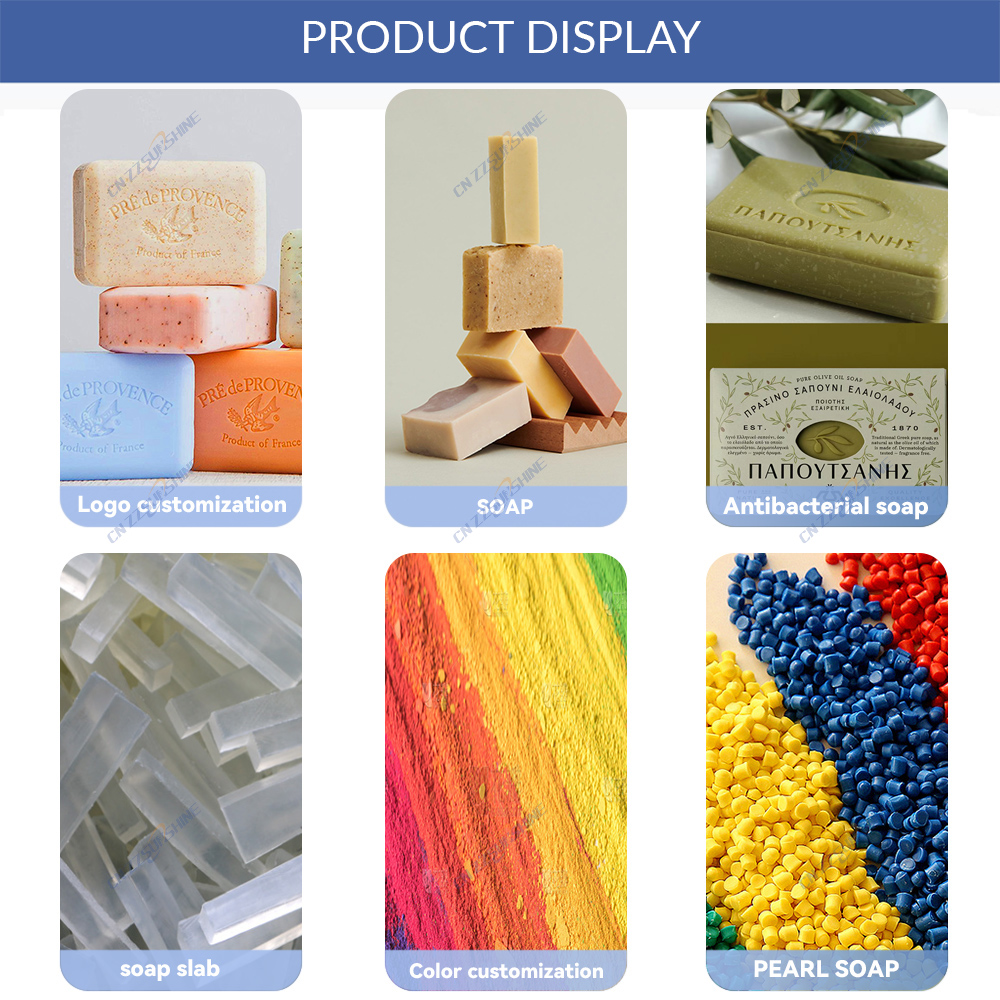Setting up a modern soap making production line transforms how manufacturers handle daily operations, from laundry bar soap to beauty soap batches. This automated setup integrates key components like a vacuum plodder for consistent texture and a custom soap cutting machine for precise sizing, ensuring high output with minimal waste. Industry experts favor these lines because they boost efficiency—reducing manual labor by up to 70%—while maintaining strict hygiene standards essential for toilet soap finishing lines. For instance, an electric washing soap cutter slices bars cleanly, preventing jagged edges that could irritate skin, and a soap mixer blends fragrances uniformly for premium bath soap making machines.
Many factories now adopt such systems to cut costs and scale production, especially with options like an automatic soap production line that supports OEM customization. This flexibility allows tailoring for specific needs, such as a beauty soap making line with gentle rollers or a laundry soap making line built for heavy-duty cycles. The core advantage lies in the vacuum plodder, which removes air bubbles for smoother bars, paired with a soap plodder machine for bar soap that compacts ingredients flawlessly. As demand grows for eco-friendly products, these lines incorporate energy-efficient motors and recyclable materials, making them ideal for sustainable brands.
Investing in a reliable soap making machine not only speeds up throughput but also enhances product quality, with features like automated controls reducing human error. For example, a toilet soap finishing line might include integrated quality checks to flag defects early. Overall, this technology empowers suppliers to meet global standards, offering a competitive edge in fast-paced markets. By choosing a well-designed production line, businesses can achieve consistent, high-grade soap outputs while optimizing resource use for long-term profitability.




